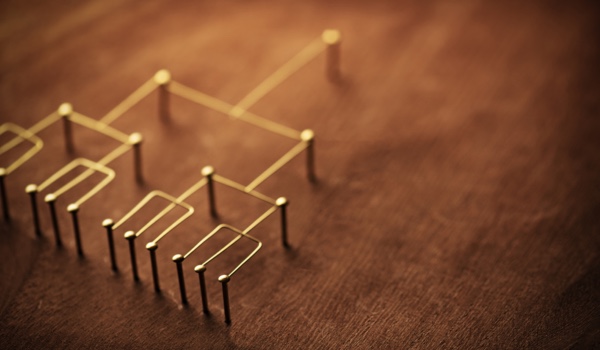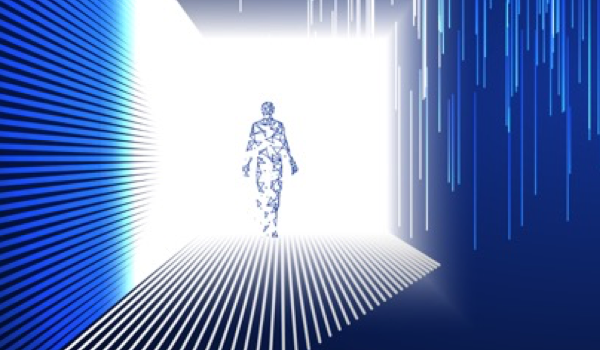


SAN FRANCISCO - Artificial intelligence (AI) - more specifically deep learning (DL) - holds great potential in the field of radiology. The ability to train large amounts of radiological data allows for applications such as the detection of lung nodules on computerized tomography (CT) scans of the chest and the quantification of coronary calcifications on CT scans of the heart.
In addition to detecting and quantifying imaging features, there are also many other potential applications that DL opens up in the radiology space. Several well-known examples include the prioritization of radiologists’ worklists to make sure the most urgent exams will be evaluated first.
However, one application of DL in medical imaging has received little publicity and been less at the forefront: the optimization of image reconstruction. This topic is less ‘sexy’ than the detection of image features but is potentially much more relevant for the clinical workflow. With that in mind, this article will examine the technical background, clinical applications, and future perspective of DL for CT image reconstruction.
CT is a three-dimensional modality in which projection data is acquired from multiple angles and then reconstructed into images through a mathematical process, which can be either iterative or analytical. The use of the most optimal reconstruction method is especially important here, since the CT images must be of the best possible quality to be able to diagnose diseases appropriately. Ultimately, all noise and artifacts must be kept to a minimum, and the spatial resolution must be preserved.
The first method of reconstructing CT images was introduced in 1970 and was an advanced iterative reconstruction technique. This method, however, never made it into the clinical setting due to limited computational power at the time. Instead, a much simpler analytical technique called filtered back projection was introduced and rema
The content herein is subject to copyright by The Yuan. All rights reserved. The content of the services is owned or licensed to The Yuan. Such content from The Yuan may be shared and reprinted but must clearly identify The Yuan as its original source. Content from a third-party copyright holder identified in the copyright notice contained in such third party’s content appearing in The Yuan must likewise be clearly labeled as such. Continue with Linkedin
Continue with Linkedin
 Continue with Google
Continue with Google







 983 views
983 views










